Buenos Aires is a city where history lives in every corner. Its historical sites showcase Argentina’s journey through colonial times, independence, and modern evolution. Explore the grandeur of Casa Rosada, where political tides have turned; stroll through Recoleta Cemetery, resting place of iconic figures; or admire the European-inspired architecture of Teatro Colón. Each location reflects a unique chapter of resilience, culture, and identity. Whether you’re a history buff or simply curious, these ten must-visit places promise an unforgettable glimpse into the heart and soul of Argentina’s vibrant capital.
Top 10 Historical Places In Buenos Aires
Here is a list of 10 historical places in Buenos Aires that one must visit once in a lifetime.
1. Casa Rosada
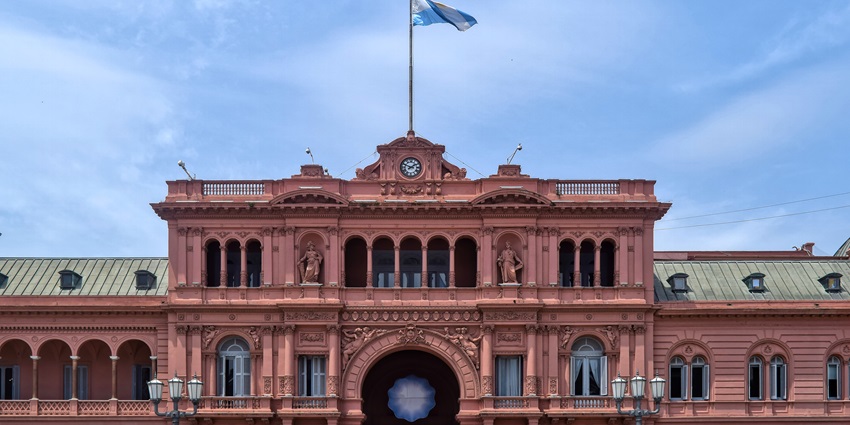
Photo: The Cosmonaut / Wikimedia Commons
Casa Rosada, the iconic pink presidential palace, is one of the most important historical monuments in Buenos Aires. Located in the heart of Plaza de Mayo, it has served as the backdrop for numerous political events and public speeches, including those of Eva Perón. The building houses a museum that displays presidential artefacts, documents, and memorabilia. Guided tours offer insight into Argentina’s complex political history. Casa Rosada remains a powerful symbol of national pride and identity.
Distance From Ministro Pistarini Airport: 32 km
Distance From Retiro Station: 2 km
Places To Eat: Café Tortoni, El Querandí, Pizzería Güerrin
2. Cementerio De La Recoleta
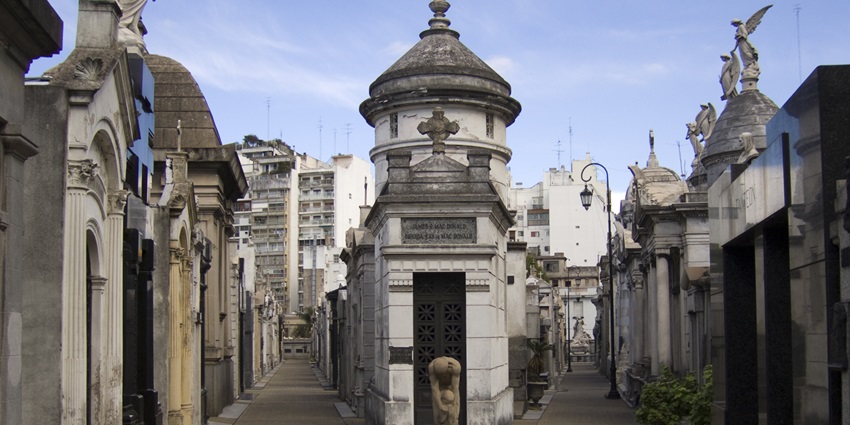
Photo: Andrew Currie / Wikimedia Commons
Recoleta Cemetery is one of the most famous historical sights in Buenos Aires, renowned for its elaborate mausoleums, intricate statues, and grand architecture. This 19th-century necropolis serves as the final resting place for some of Argentina’s most influential figures, including Eva Perón, several presidents, military leaders, and literary giants. Its labyrinthine walkways and sculpted tombs resemble a miniature city, offering visitors a powerful and atmospheric journey through Argentina’s elite history and cultural legacy.
Distance From Ministro Pistarini Airport: 30 km
Distance From Retiro Station: 2.5 km
Places To Eat: La Biela, Fervor, Roux
3. Cabildo De Buenos Aires
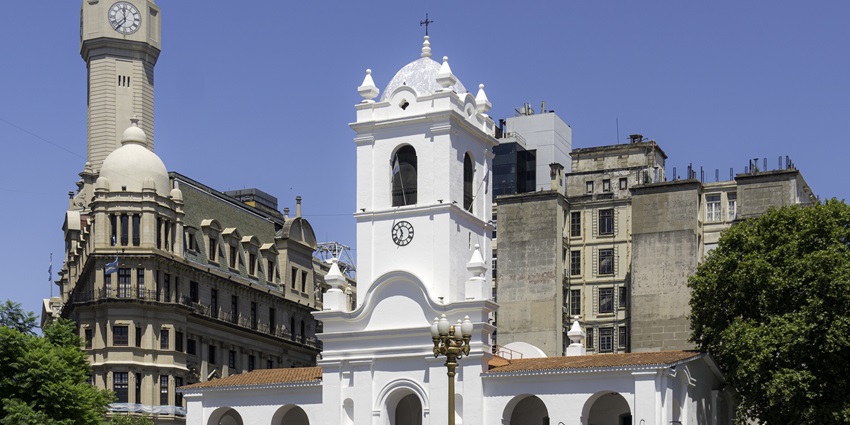
Photo: Fernando / Wikimedia Commons
The Cabildo is one of the most significant historical monuments in Buenos Aires. This colonial-era town hall witnessed the May Revolution of 1810 and now serves as a museum showcasing early Argentine history. With its distinctive arches and modest white façade, it stands as a symbol of independence and revolution. Its exhibitions include maps, uniforms, and colonial artefacts.
Distance From Ministro Pistarini Airport: 31 km
Distance From Retiro Station: 2 km
Places To Eat: Café Victoria, El Histórico, Café Paulín
4. Teatro Colón
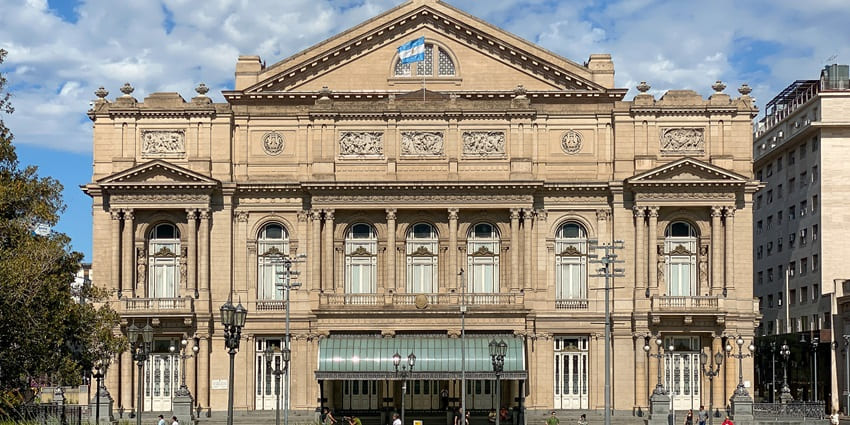
Photo: EEJCC / Wikimedia Commons
Teatro Colón is not just a cultural treasure but also one of the most exquisite historical sights in Buenos Aires. Opened in 1908, this grand opera house is a masterpiece of Belle Époque architecture. Renowned for its exceptional acoustics and stunning design, it draws performers and visitors from around the world. A guided tour reveals lavish marble staircases, intricate stained glass, and magnificent Italian frescoes, showcasing Argentina’s golden age and enduring artistic legacy.
Distance From Ministro Pistarini Airport: 30 km
Distance From Retiro Station: 1.8 km
Places To Eat: Café Los Galgos, El Cuartito, La Estancia
5. Manzana De Las Luces
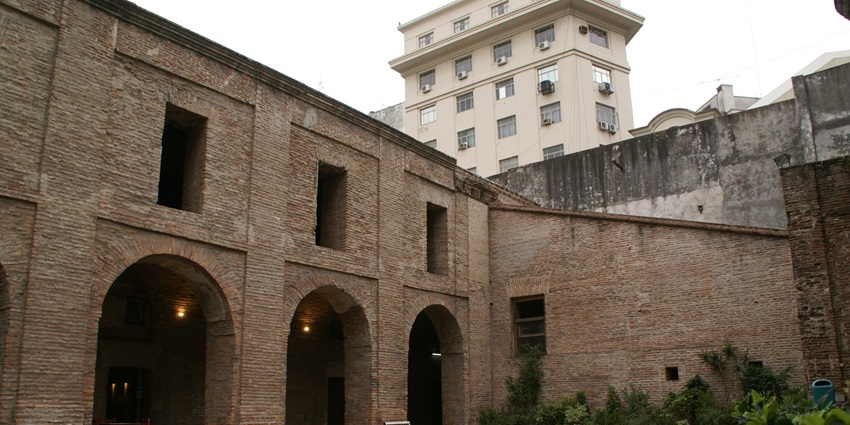
Photo: Hermann Luyken / Wikimedia Commons
The Manzana de las Luces, or “Block of Enlightenment,” is one of the most intellectually significant historical monuments in Buenos Aires. Originating in the 17th century, it served as a hub for Jesuit education, religious life, and early government functions. The site includes colonial-era buildings and a network of subterranean tunnels, which add an air of intrigue. Visitors gain insight into Argentina’s formative years in education, religion, politics, and cultural development.
Distance From Ministro Pistarini Airport: 31 km
Distance From Retiro Station: 2.2 km
Places To Eat: Aldo’s Vinoteca, Café Margot, Café San Juan
6. Basílica De San Francisco
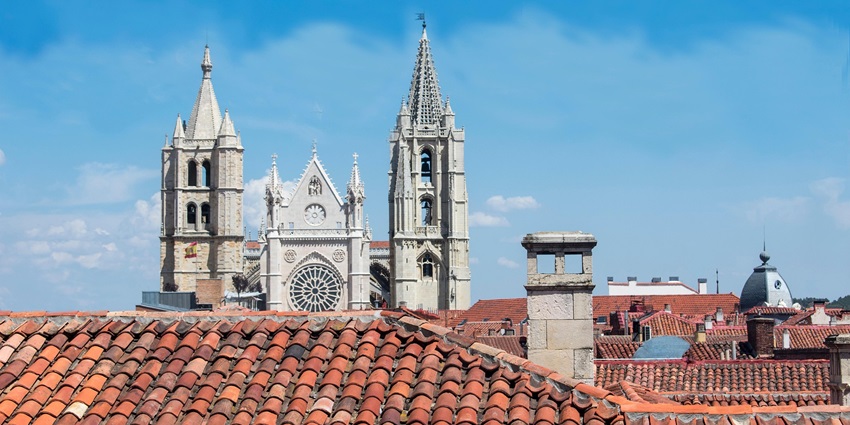
Photo: TerapiasNaturales / Pixabay / Image For Representation Only
One of the oldest historical monuments in Buenos Aires, the Basílica de San Francisco, was built in the 18th century and later renovated with elaborate baroque details. Its rich interior and exterior sculptures offer a spiritual retreat amid the bustling city. The church remains active and is a peaceful spot for reflection and admiration of colonial art.
Distance From Ministro Pistarini Airport: 31 km
Distance From Retiro Station: 2.3 km
Places To Eat: La Puerto Rico, Café del Cabildo, Gran Parrilla del Plata
7. Palacio Barolo
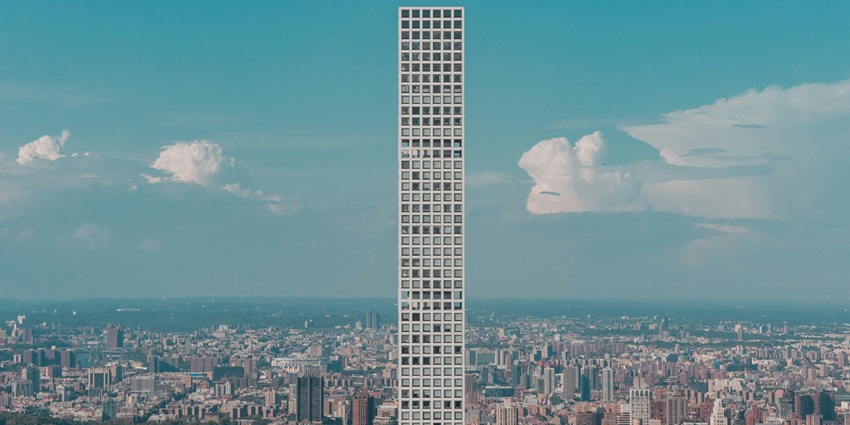
Photo: Shane Richards / Pexels / Image For Representation Only
Palacio Barolo stands as a true masterpiece among the historical sights in Buenos Aires. Designed by Italian architect Mario Palanti and inspired by Dante Alighieri’s Divine Comedy, this neo-Gothic and eclectic skyscraper once held the title of South America’s tallest building. Guided tours take visitors through its intricately symbolic design, which represents hell, purgatory, and heaven. At its summit, a powerful lighthouse offers breathtaking panoramic views, blending literature, history, and architecture in one unforgettable experience.
Distance From Ministro Pistarini Airport: 30 km
Distance From Retiro Station: 2.5 km
Places To Eat: Café Martinez, La Americana, Café Tortoni
8. Museo Histórico Nacional
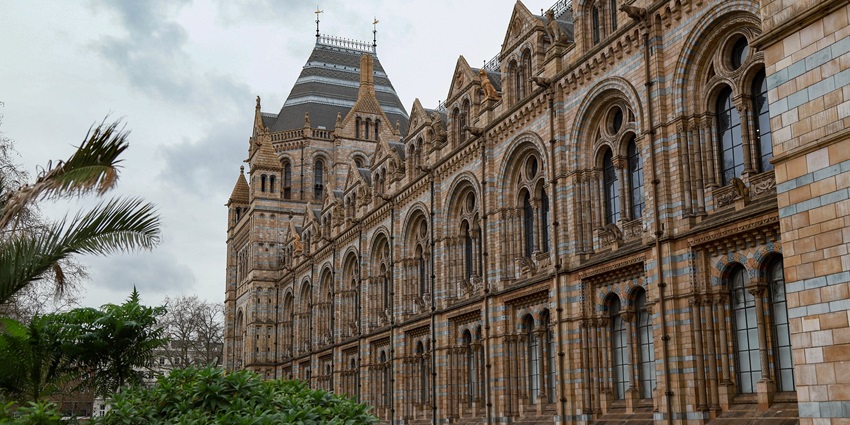
Photo: butti_s / Pixabay / Image For Representation Only
Located in the San Telmo neighbourhood, the Museo Histórico Nacional is one of the finest historical monuments in Buenos Aires. Its exhibits cover Argentina’s independence and military history, featuring uniforms, weapons, and portraits of revolutionary leaders like San Martín. The museum is housed in a colonial mansion and offers a deeper understanding of Argentina’s path to nationhood.
Distance From Ministro Pistarini Airport: 29 km
Distance From Retiro Station: 4 km
Places To Eat: Hierbabuena, Café San Juan, El Desnivel
9. El Zanjón De Granados
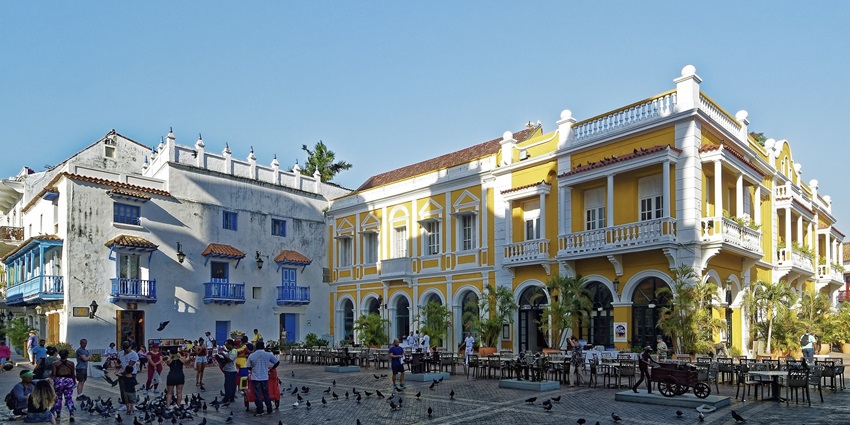
Photo: Makalu / Pixabay / Image For Representation Only
El Zanjón de Granados is a hidden gem among historical sights in Buenos Aires. This restored 18th-century mansion reveals a labyrinth of tunnels, cisterns, and relics beneath San Telmo. The archaeological site gives insight into urban life from colonial times through the 20th century. Guided tours narrate the evolution of the city through layers of construction and discovery.
Distance From Ministro Pistarini Airport: 29 km
Distance From Retiro Station: 3.5 km
Places To Eat: Napoles, Café Rivas, Bar El Federal
10. Museo Evita
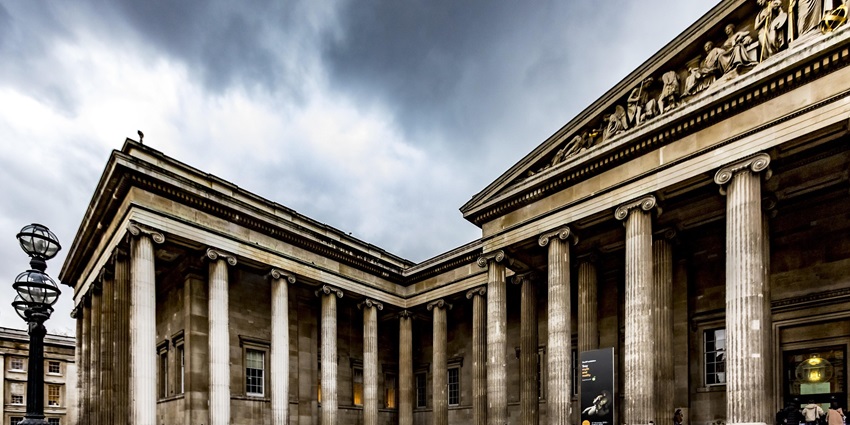
Photo: hulkiokantabak / Pixabay / Image For Representation Only
Museo Evita, dedicated to Eva Perón’s life and legacy, is one of the most visited historical sights in Buenos Aires. Located in a 1920s mansion, the museum features her dresses, letters, and personal artefacts. It tells the story of her rise from poverty to political power and her enduring influence on Argentine society. The museum offers a moving tribute to a national icon.
Distance From Ministro Pistarini Airport: 31 km
Distance From Retiro Station: 2.5 km
Places To Eat: Croque Madame, Lo de Jesús, Las Pizarras Bistro
Historical places in Buenos Aires range from grand theatres and baroque churches to underground tunnels and presidential palaces. Whether you’re tracing Argentina’s fight for independence, admiring early colonial design, or exploring the legacy of Eva Perón, the city offers a rich and layered narrative. Walk the cobbled streets of San Telmo, visit the iconic Casa Rosada, or marvel at the neoclassical façade of the Metropolitan Cathedral. Ready for a cultural deep dive? Plan your next trip with TripXL today.
Cover Photo: Phil Whitehouse / Wikimedia Commons


 WhatsApp
WhatsApp
 Twitter
Twitter









